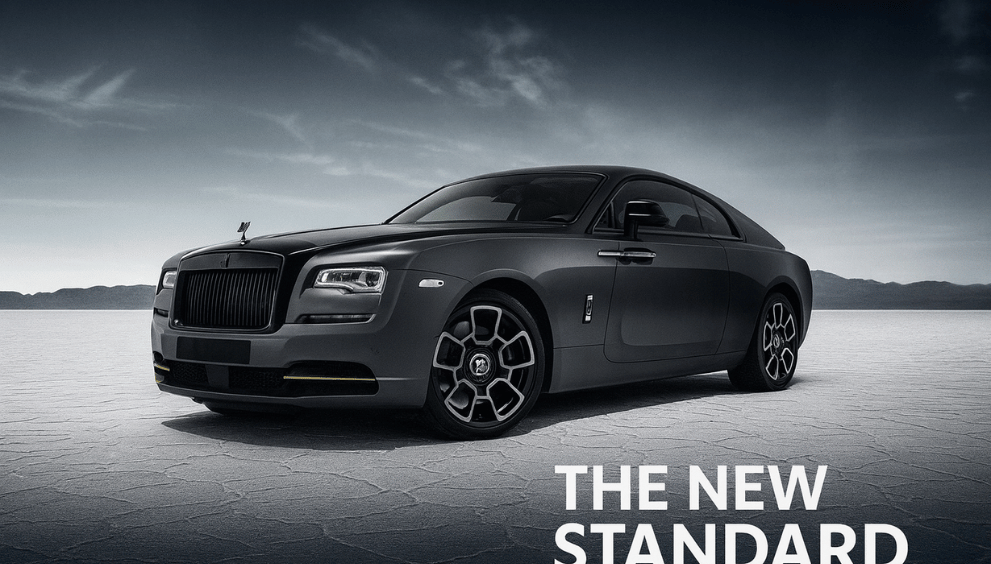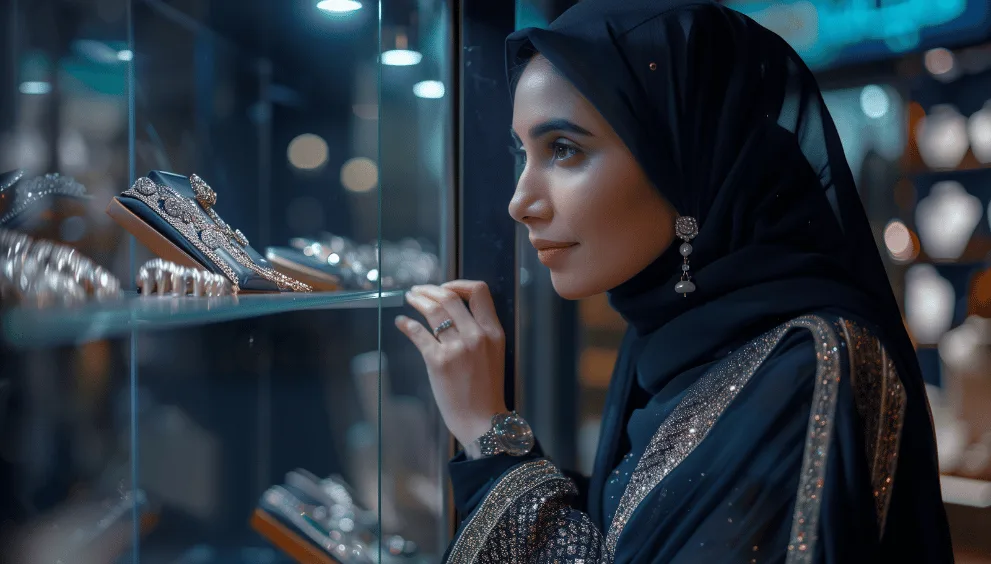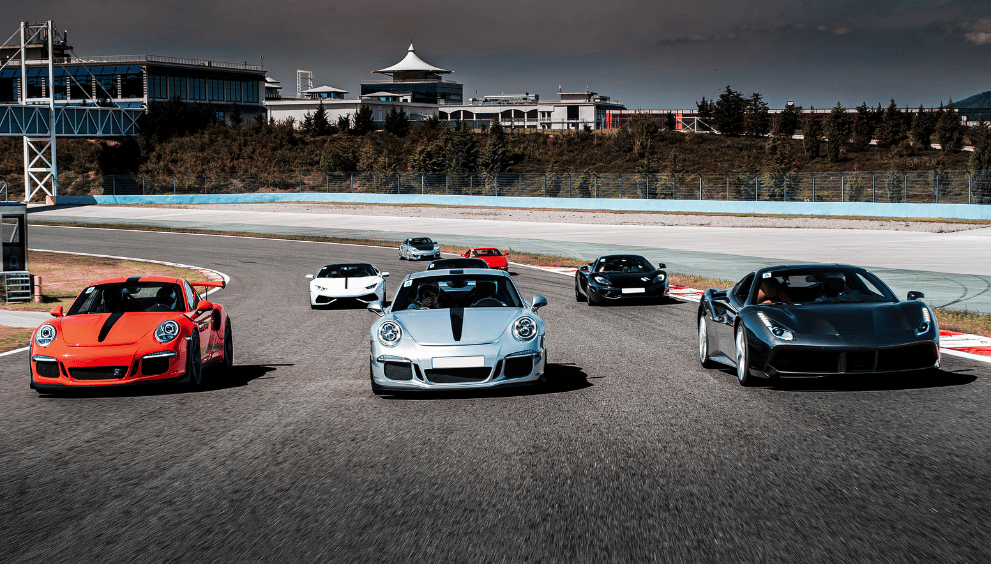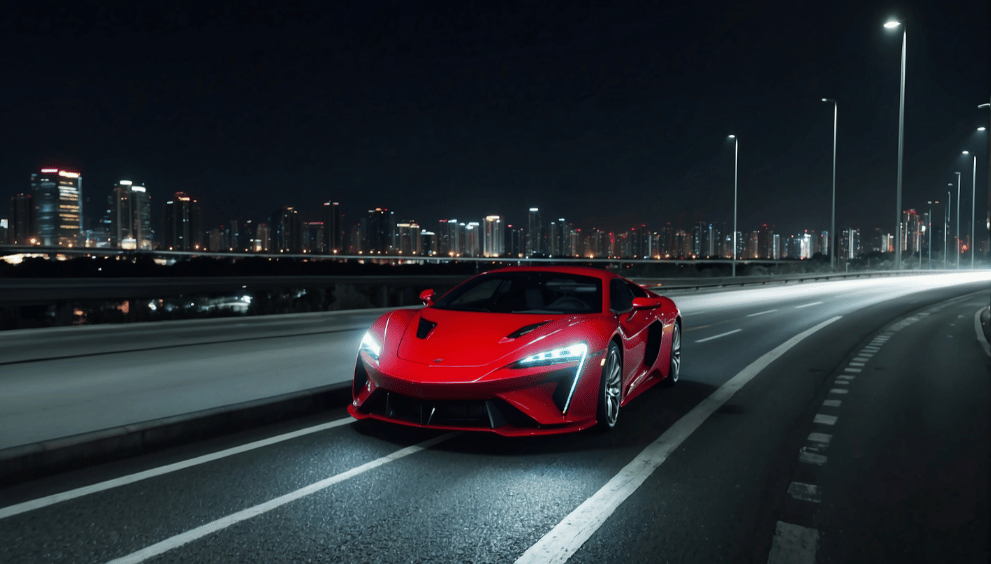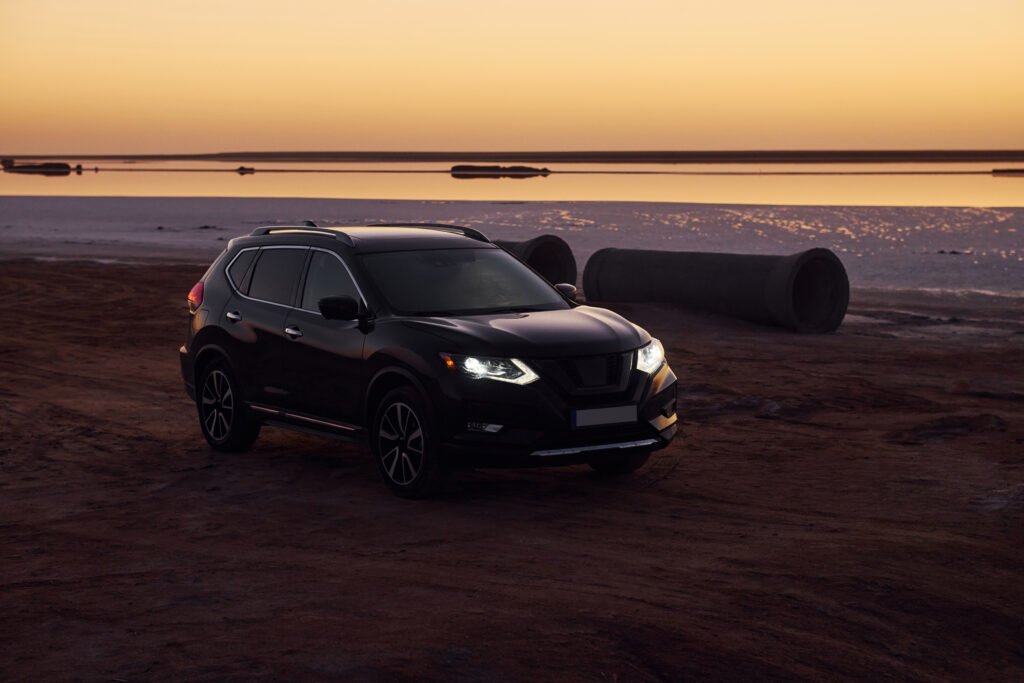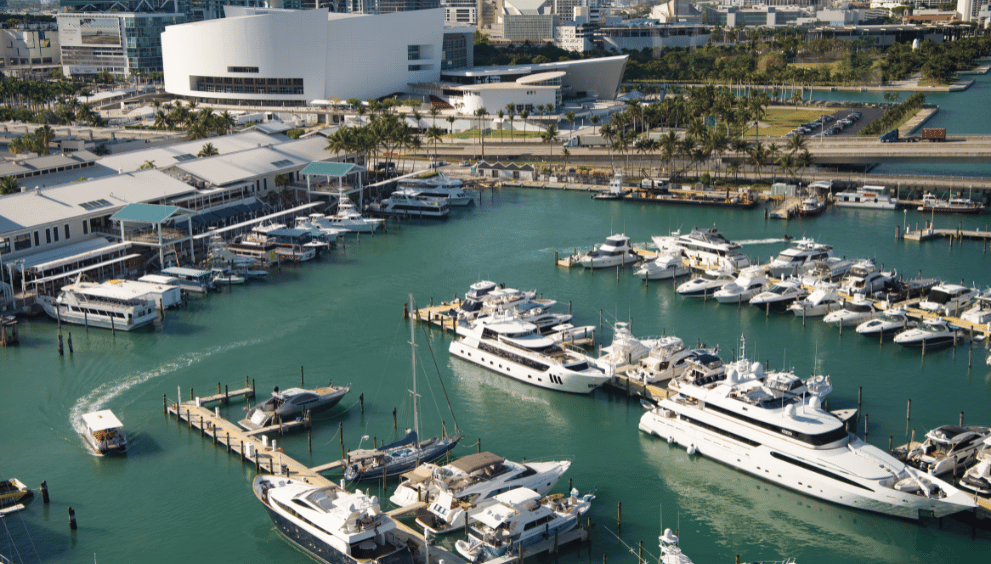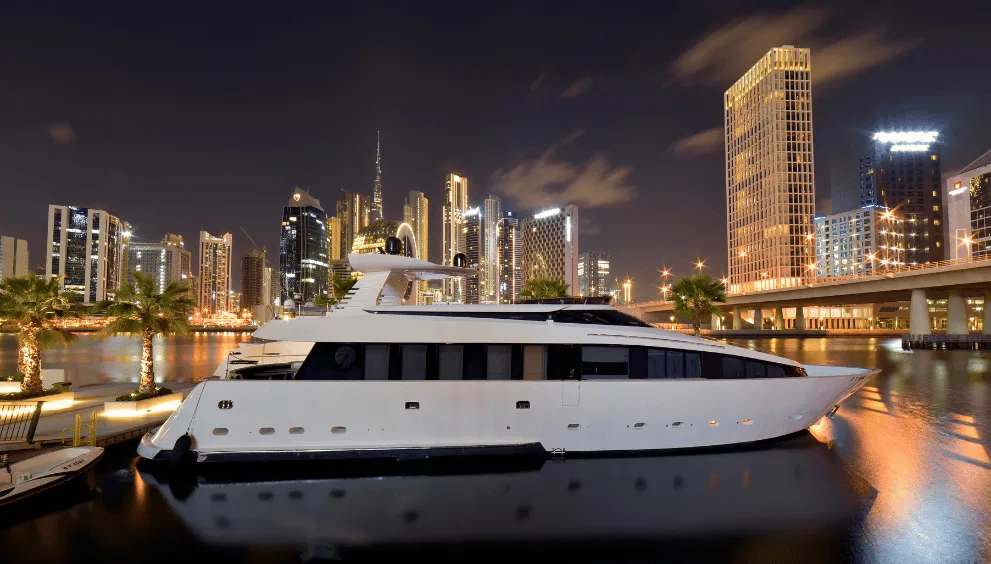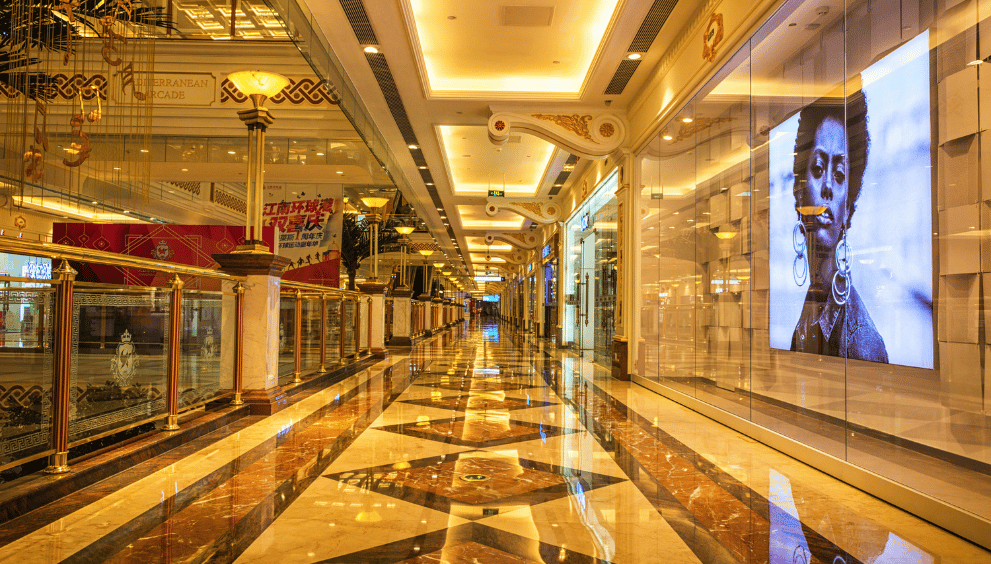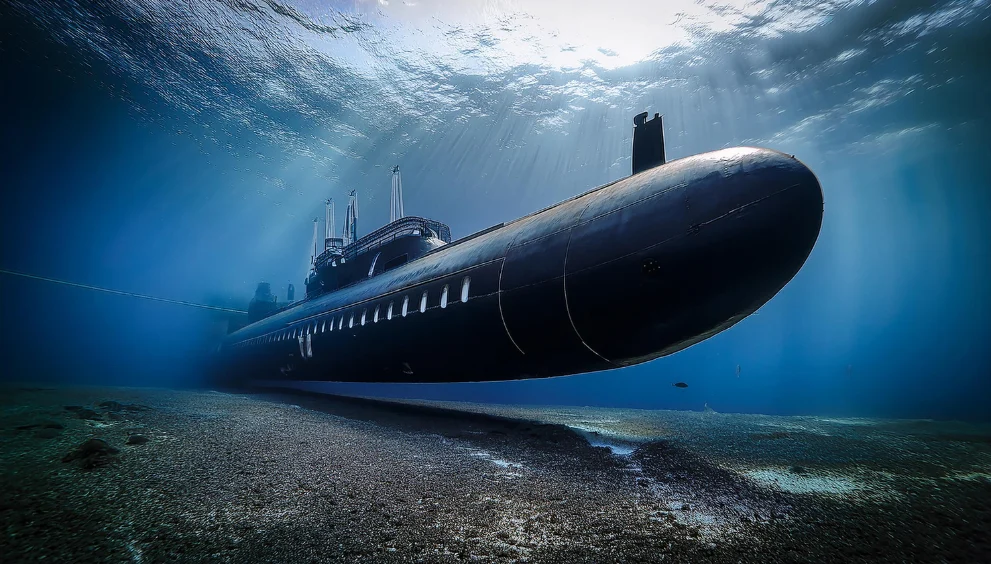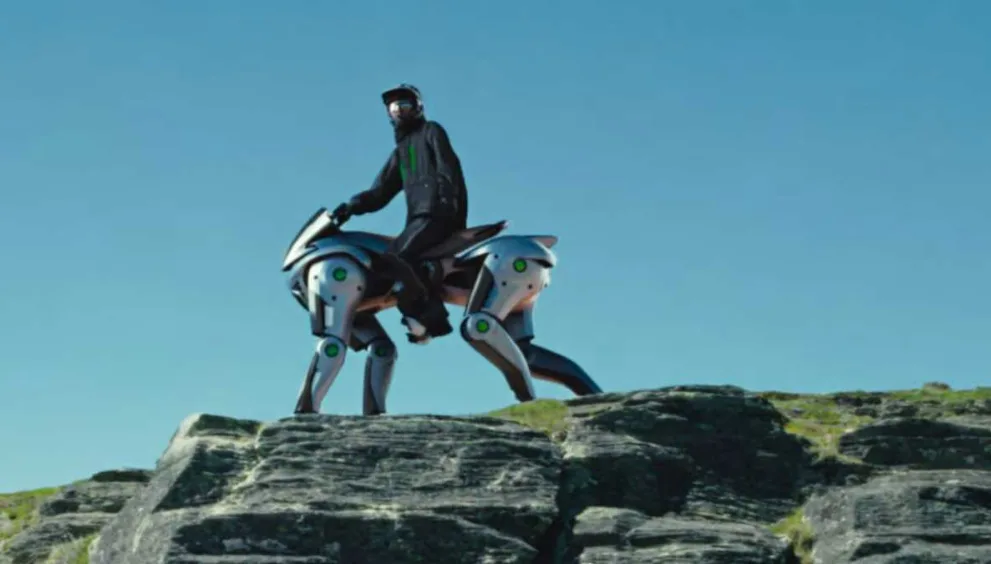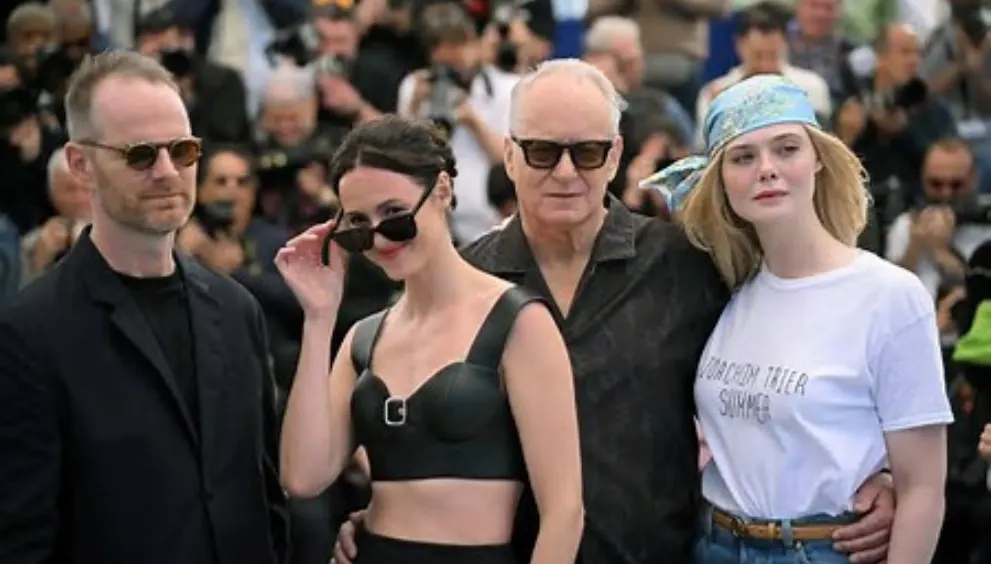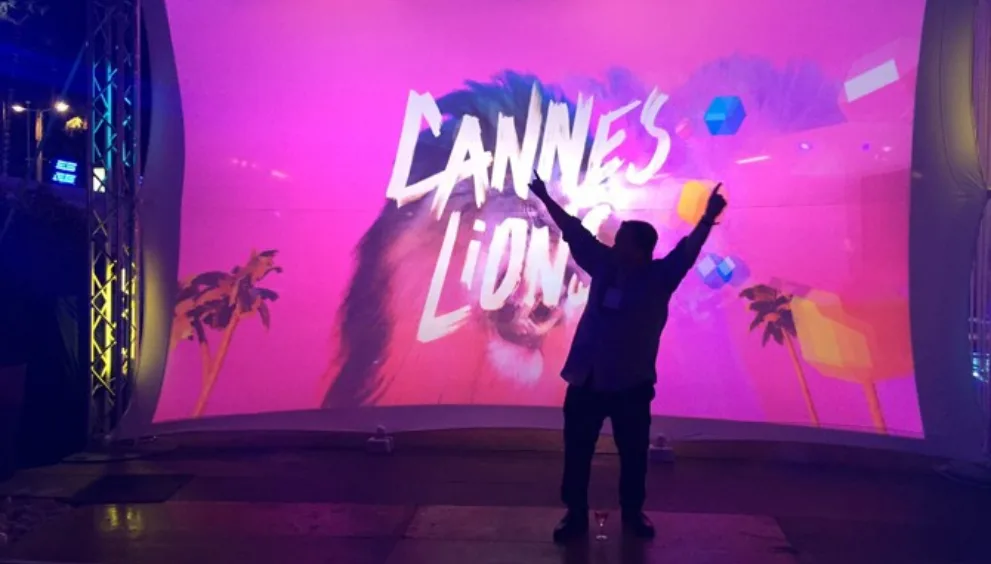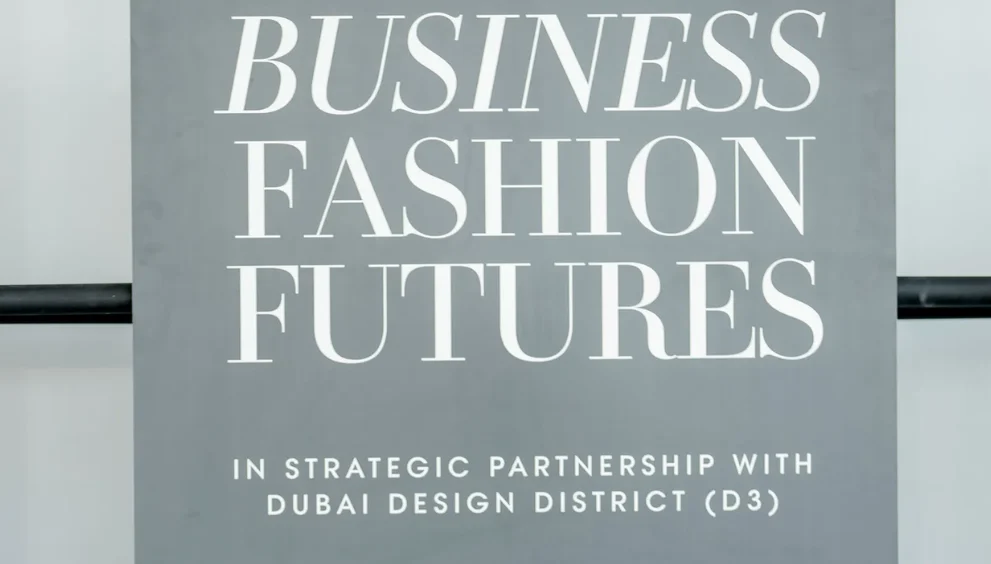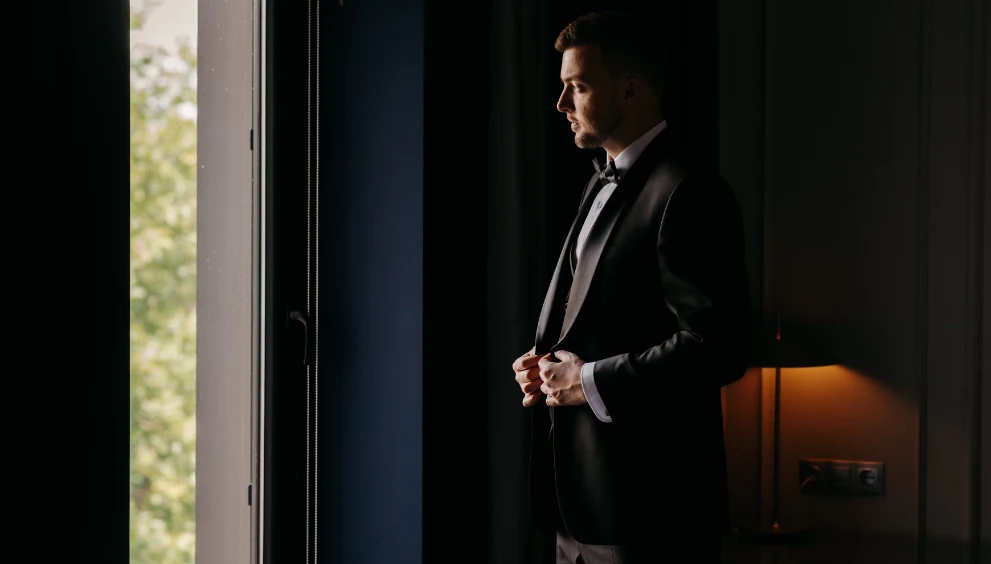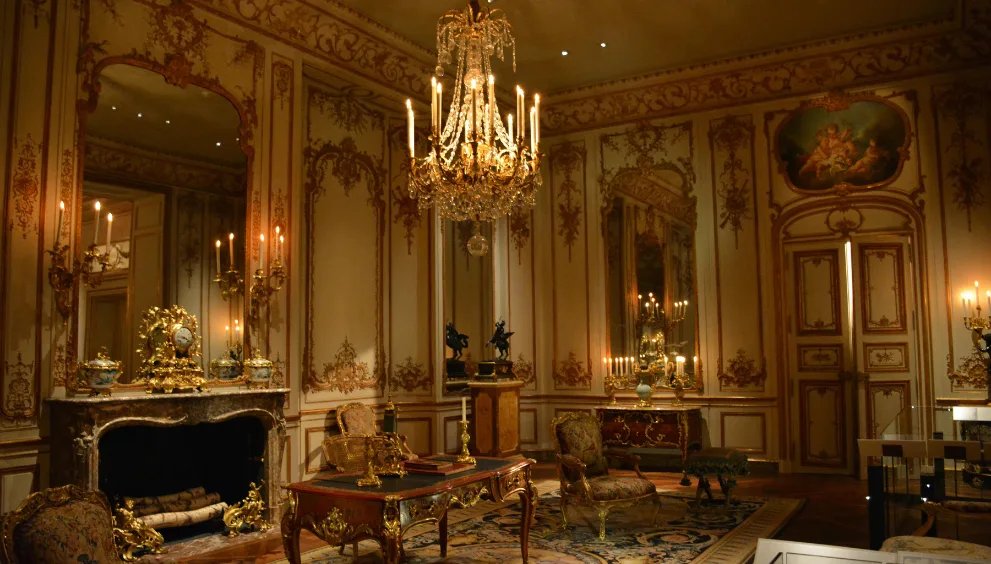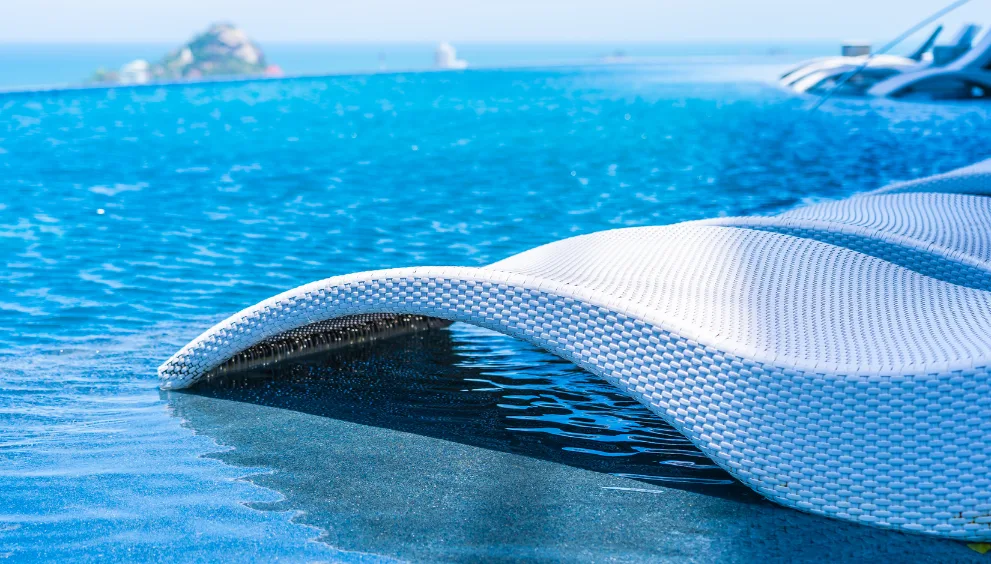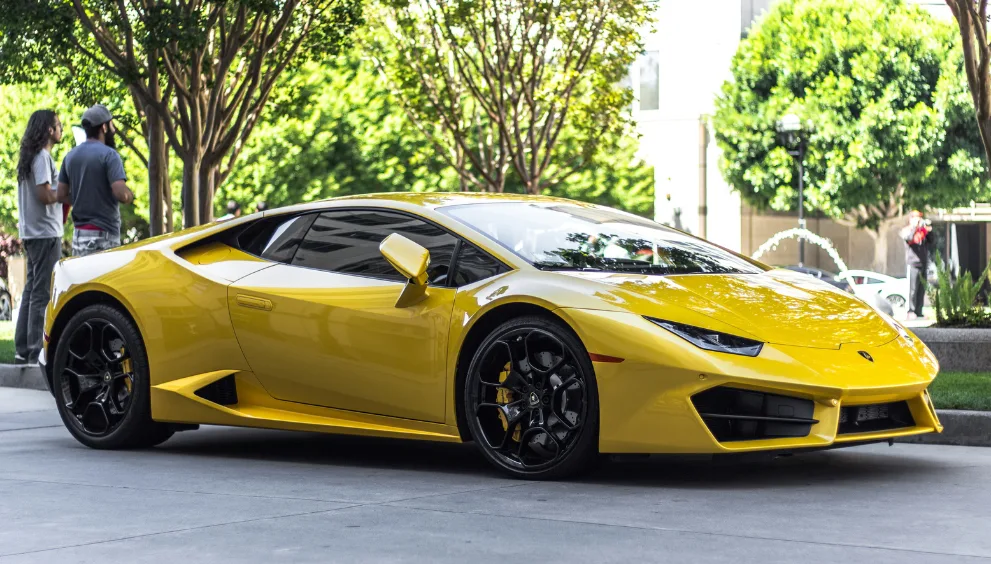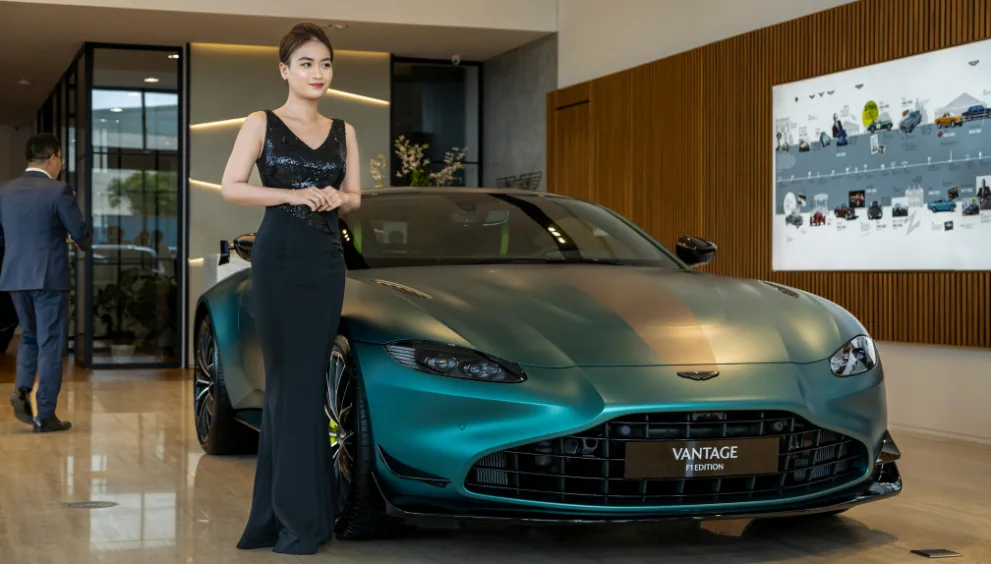Missing From the Top 10: Why Jaguar Fell Short in 2025’s Luxury Race

“Jaguar has no desire to be loved by everybody.”
Those were the words of Gerry McGovern, Jaguar Land Rover’s creative director, as he stood on stage in Miami earlier this year, unveiling the brand’s bold new vision. The evening was as edgy as the quote — think flashing lights, futuristic set design, and models dressed like they walked out of a high-fashion metaverse.
It was intended to signify Jaguar’s drastic transformation. But here’s the twist: that despite the brand’s efforts to roar back into relevance, it was not even listed among the Top 10 Global Luxury Car Brands in 2025. Mercedes-Benz, BMW, Audi, and unexpected challengers Lucid and Genesis dominated the list.
What, then, went wrong for a company with such a cult-like following, tradition, and flair? Let’s dissect it.
Legacy Isn’t Enough Anymore
Jaguar has always enjoyed a faithful fan base. To some enthusiasts, it’s not merely a vehicle — it’s an icon. Query any veteran car buff and they’ll probably reminisce about the Jaguar E-Type or the XJ Series. In fact, a random poll from CarBuzzin early 2024 revealed that 1 in 4 luxury car fans still consider Jaguar superior to BMW and Mercedes in design and emotion.
But here’s the catch: the auto world has evolved, and nostalgia can only take you so far.
While BMW focused on hybrid innovation, and Mercedes’ EQ lineup took EV luxury mainstream, Jaguar’s strategy felt like a fashion show without the product. Literally.
Product Pipeline Problems
Among the leading reasons behind the downfall of Jaguar was its poor novelties. Jaguar competed with Range Rover Velar and Porsche Cayenne with just one 2022 to 2025-new model release, the J-Pace. In contrast to EV competitors like Rivian and Lucid, who provide fresh trims and monthly software updates, the J-Pace felt a little stagnant.
Case Study: Lucid Motors’ Rise
Lucid, the California-based EV startup, made the 2025 Top 10 list by doubling its lineup, offering extended battery range, and a fully immersive digital cockpit. Jaguar, meanwhile, promised “a whole new electric identity” — but didn’t deliver vehicles in time.
As MotorTrend bluntly put it, “Jaguar’s future is all electric, but it’s stuck waiting for the charger.”
Identity Crisis: Who Is Jaguar For in 2025?
This is where things get murky.
In interviews, McGovern stated that Jaguar’s goal is to be “exclusive, aspirational, and distinct from mass luxury.” But that positioning left buyers confused. With price tags edging close to Bentley territory and a product range still thinner than the Wi-Fi on an airplane, Jaguar struggled to define its place in the market.
J.D. Power 2025 states that Gen Z and millennial buyers, who presently make up around 45% of luxury car purchases globally, are looking for sustainability, tech-first design, and transparency. Jaguar offered beautiful design, but it lacked uniqueness, was ambiguous about its eco-credibility, and lagged behind in technology.
The Ad That Had People Asking: Where Are the Cars?
Jaguar sent an enigmatic 30-second teaser to Instagram, TikTok, and YouTube on November 18, 2024. The advertisement featured Gen Z models dressed in avant-garde fashion, abstract imagery, and flaming neon signs—but not a single automobile. Both critics and fans questioned the ad’s purpose, even though it went viral for its visual appeal (and inspired a ton of memes). One Reddit member commented in the r/cars thread, “It felt more like a perfume launch than a car ad.”
Case Study: Tesla vs. Jaguar Marketing in 2025
A 2025 study by Autotrader Insights found that despite spending 70% less on marketing than Jaguar, Tesla achieved a three-fold increase in engagement-to-conversion ratio. This was made possible by product-focused content and live feature demonstrations on YouTube Shorts and X (previously Twitter).
Despite winning style points, Jaguar’s campaign fell short in terms of utility.
What Jaguar Did Right — But Too Late
To be fair, Jaguar’s 2025 concept — a fully electric, ultra-luxury GT coupe expected in 2026 — did impress industry insiders. Car and Driver called the prototype “elegant, aerodynamic, and futuristic in a way that feels truly Jaguar.”
But in an age of instant gratification, teasing a 2026 release with little to show in 2025 just wasn’t enough.
Lessons for Legacy Brands in a New Era
So, what lessons can we draw from Jaguar’s close call?
- Allegiance cannot be guaranteed by legacy alone. You must continue to advance.
- Instead of confusing consumers, marketing should pique their interest.
- Solid product pipelines are essential, particularly in the rapidly evolving electric vehicle industry.
- It is understanding and speaking to your audience that drives innovation.
Is there yet a chance for Jaguar to return? Well yes there is! The game is far from finished, with a new EV platform in development and enough brand equity to pique interest. But it undoubtedly faltered at the starting line of the 2025 luxury race.
Final Lap
The luxury car market is more competitive — and more volatile — than ever. Between tech disruption, shifting consumer values, and the pressure to go electric without losing identity, even the strongest brands can falter.
However, different was not equivalent to better in 2025. It meant being disappointedly removed from the reality of the luxury customer, delayed, and separated.
Don’t discount them, though. Even though it failed to make the top 10, the cat might yet make a big comeback in 2026 if it makes the proper moves!



